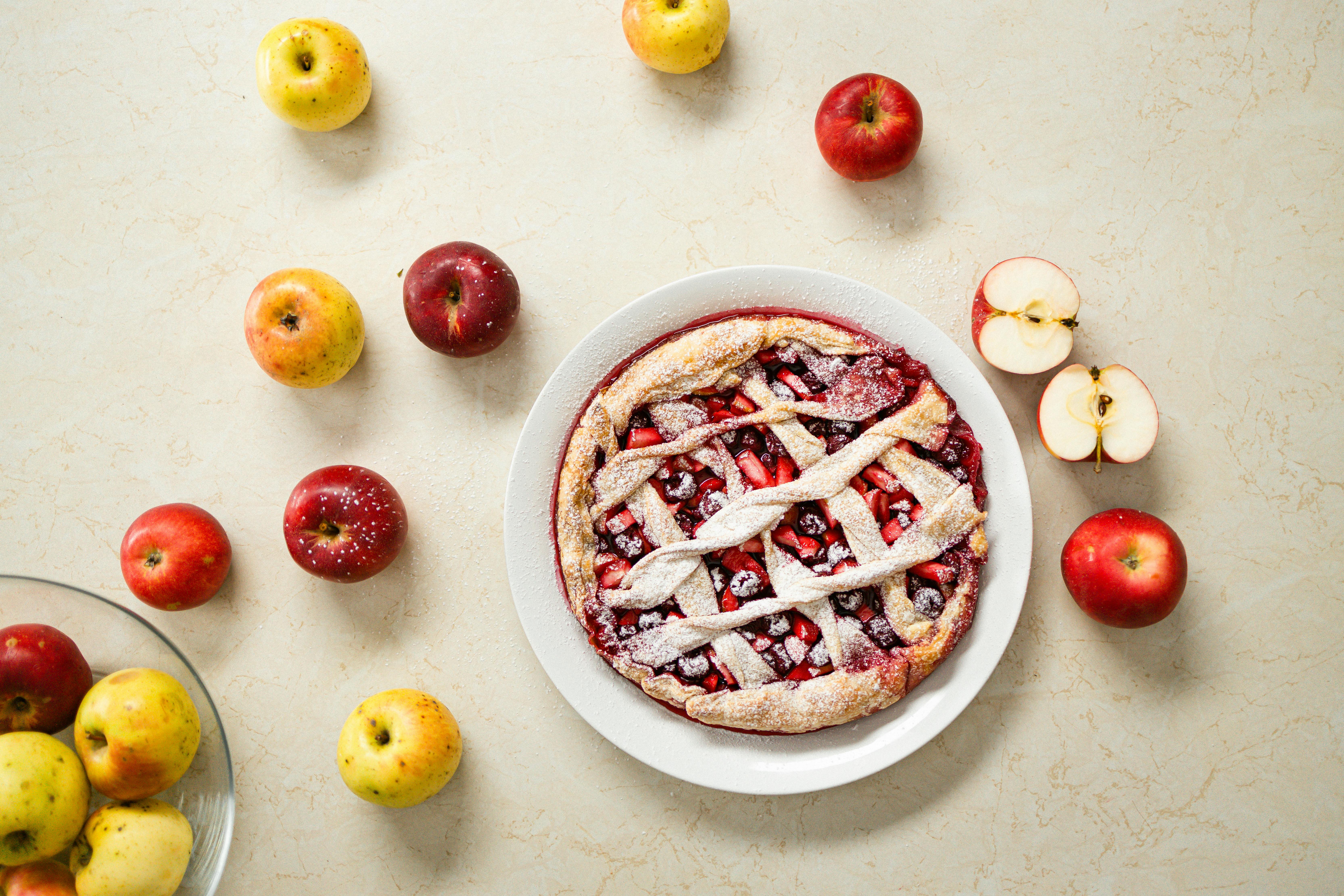If you’ve been looking for some cabin-style decorating tips (even if you don’t own a log cabin), here are some ways to renovate, redecorate, or replenish and transform existing furniture in your home for cabin furniture.
Any wood or painted surface currently in the room can be finished with paint to give it a rustic feel. Dining chairs, kitchen cabinets, dining or side tables and even cabin flooring.
Cabin decor island or dining chairs are a quick and easy project for any homeowner. All materials can be purchased online or at your local hardware store and the time investment is minimal. The secret to cabin decorating is understanding the aging process of the furniture.
Start with a light sanding to remove the surface shine or treatment of your furniture. Clean with a slightly damp cloth. If the surface you are working with is not real wood, you will want to prime the surface with primer. If the furniture is real wood, you won’t have to worry about priming the surface. Let the surface dry completely.
To achieve the look of rough, rustic cabin decor, dry brush the primer with a wide brush to add grain and texture to your cabin furniture. Let the primer dry completely.
For the next few steps, you may want to try a few different paint samples and treatments. My personal favorite is to take a dark color complementary to your existing cabin decor as a base layer. You will then add a top coat of paint or stain to rub the surface.
Achieving and owning cabin décor is, after all, a fun and rewarding process. Do it yourself Making your own cabin furniture cheaply is something to be proud of.
Start your first tests with a rich, dark brown color as a base. This is the easiest and truest way to achieve the rustic cabin look. Remember that this primer is not the actual color you want your furniture to finish with, but the color you will see ‘peeking out’. The top coat, the next step, will be your finishing color. Any traditional color (dark or muted, red, green or mustard) works well for a rustic cabin look, you can also try a lighter shade for a bolder effect or a more European cabin theme.
There is one more step in the process, weathering, which will also change the color and hue of the top layer of paint. With the base coat and top coat dry brushed onto the surface of the future cabin furniture, allow the piece to dry completely. Using a piece of fine sandpaper, take a look at the piece you’re working on (be it a chair, picture frame, or kitchen cabinets) and determine where normal wear and tear would have occurred over the years . Lightly sand these areas, faking a weathered patina.
To take on that aged (antique) patina, process one step further, rub in a mix of dark pine wood stain and painter’s glaze (used in faux paint effects). You can layer this stain, leaving it darker in the nooks and corners of your cabin furniture, repeatedly until you achieve the look you’re after.
These techniques work on real wood just as easily as they do on cheap, fake wood furniture. If you are creating cabin furniture with chairs, leave dark areas on the seat bases, abrade the bottoms of the legs or the tops of the armrests. If you’re going for a cottage look in your kitchen, abrade the area with sandpaper around your cabinet knobs, handles and pulls. You can also replace existing, boring hardware with more rustic or vintage knobs and pulls.
Once you’ve had success with smaller pieces of furniture, move on to larger projects to create your cabin décor.
